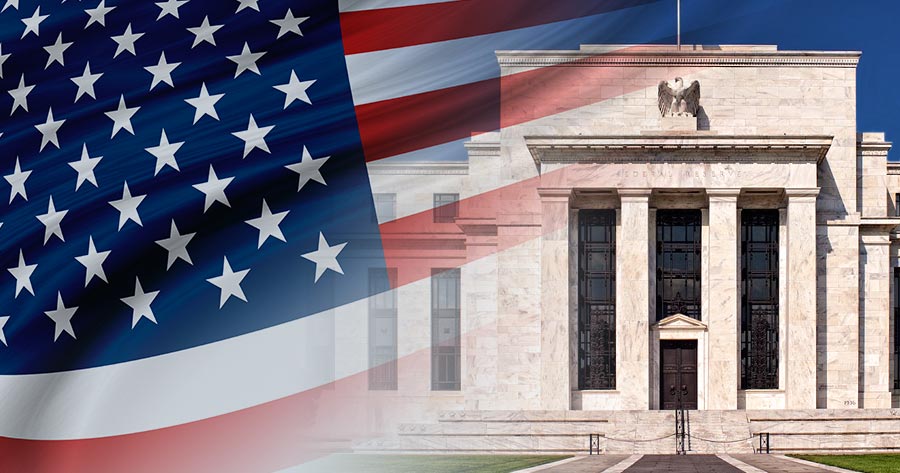The U.S. Federal Reserve decided to bring its Fed funds rate to the range of 4.75-5.00% with a quarter percentage point rate hike on Wednesday despite the ongoing crisis in the banking system that brought down two banks last week.
The wording and tone of the Fed’s chairman Jerome Powell was different from his previous statement when he used to stick with bringing stability to the economy by using any tools he deemed appropriate, and that the central bank is committed to bringing inflation down to target range of 2%.
The market widely expected that this could be the last or second to last rate hike by the U.S. central bank in this cycle, in which a rate cut will come after sometime of a pause as the economy and business, especially the banking system, are struggling with interest rates at a record high in decades.
However, the Fed’s chair shattered all hope by saying that participants do not see rate cuts this year.
Fed officials also updated their economic projections for this year after the meeting. The estimate has now been upgraded to 3.3% rate pegged for 2023, compared with 3.1% in December.
Meanwhile, the central bank acknowledged that the recent events in the U.S. banking system were likely to result in tighter credit conditions, which is why it was seen as the Fed has softened its stance.
“The U.S. banking system is sound and resilient,” the Fed noted in a statement.
Despite the Fed stating that it believed there will be no rate cut this year, some investors and economists are expecting a cut as soon as the meeting in June after a pause in May.
As of Thursday, nearly 65% of the probability in the Fed’s meeting in May points to a halt of interest rate at 4.75-5.00%, according to the CME FedWatch Tool. 35% of the market believes that the Fed will continue to increase interest rate by another quarter percentage point.
Meanwhile, some 30% of the market expects the central bank to start cutting rates at the meeting in June and about 50% of the market believes the Fed will maintain rates at 4.75-5.00%.




